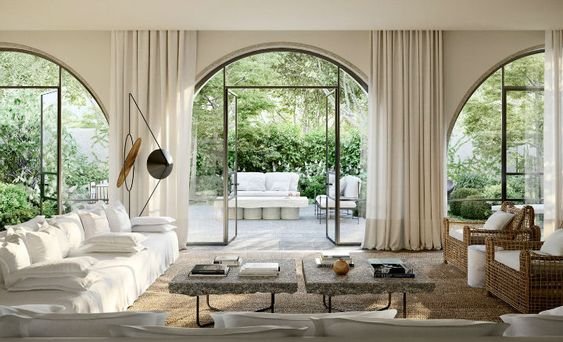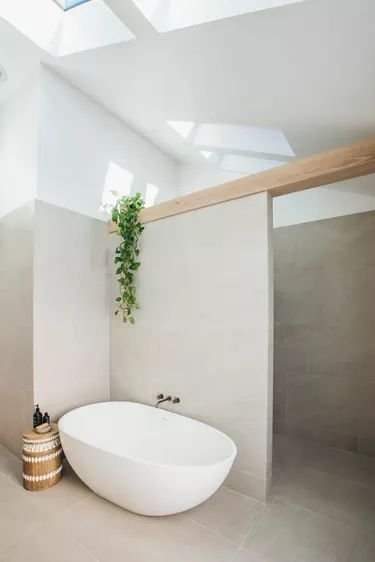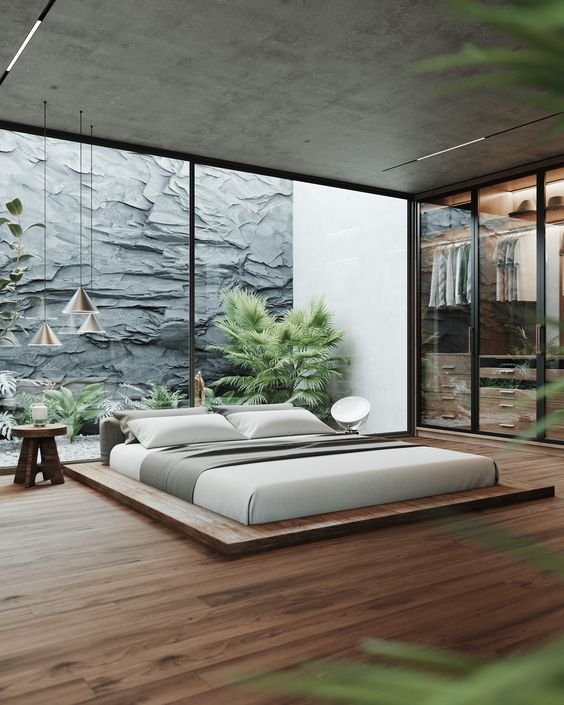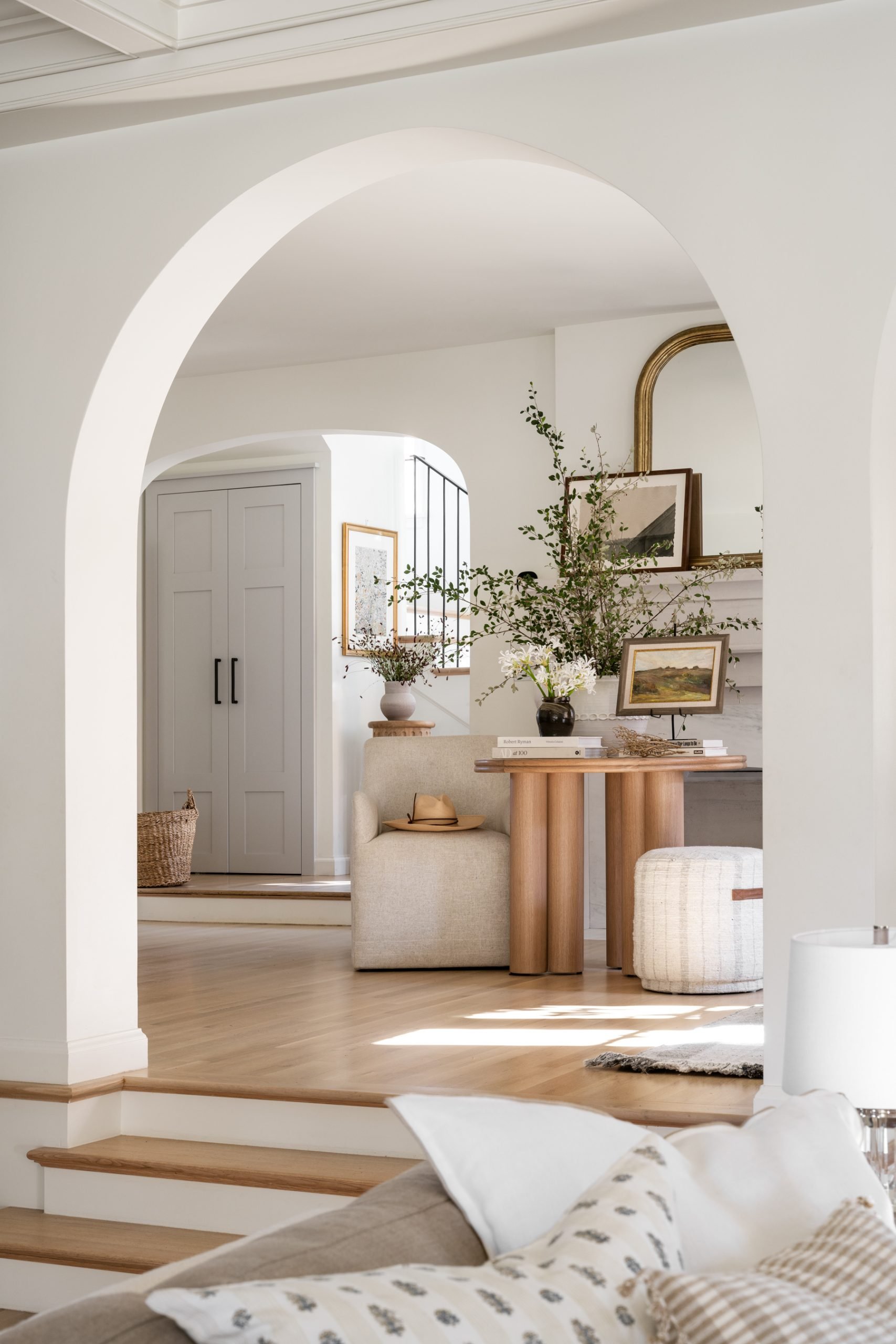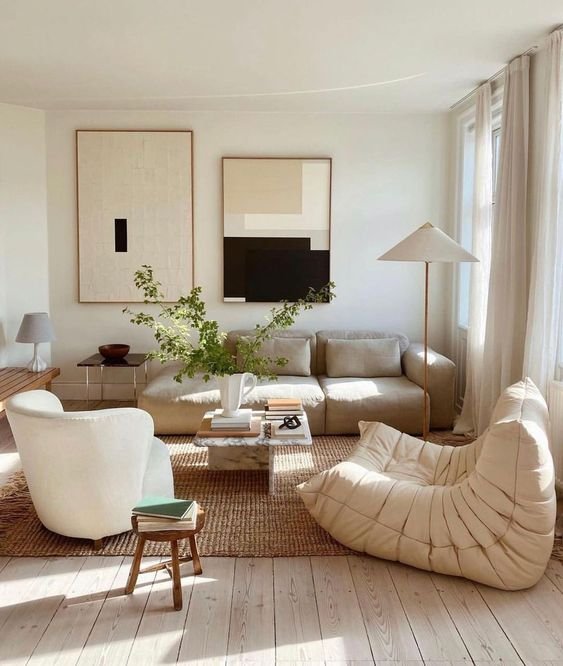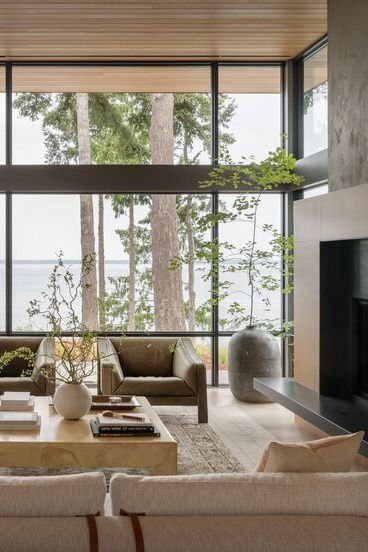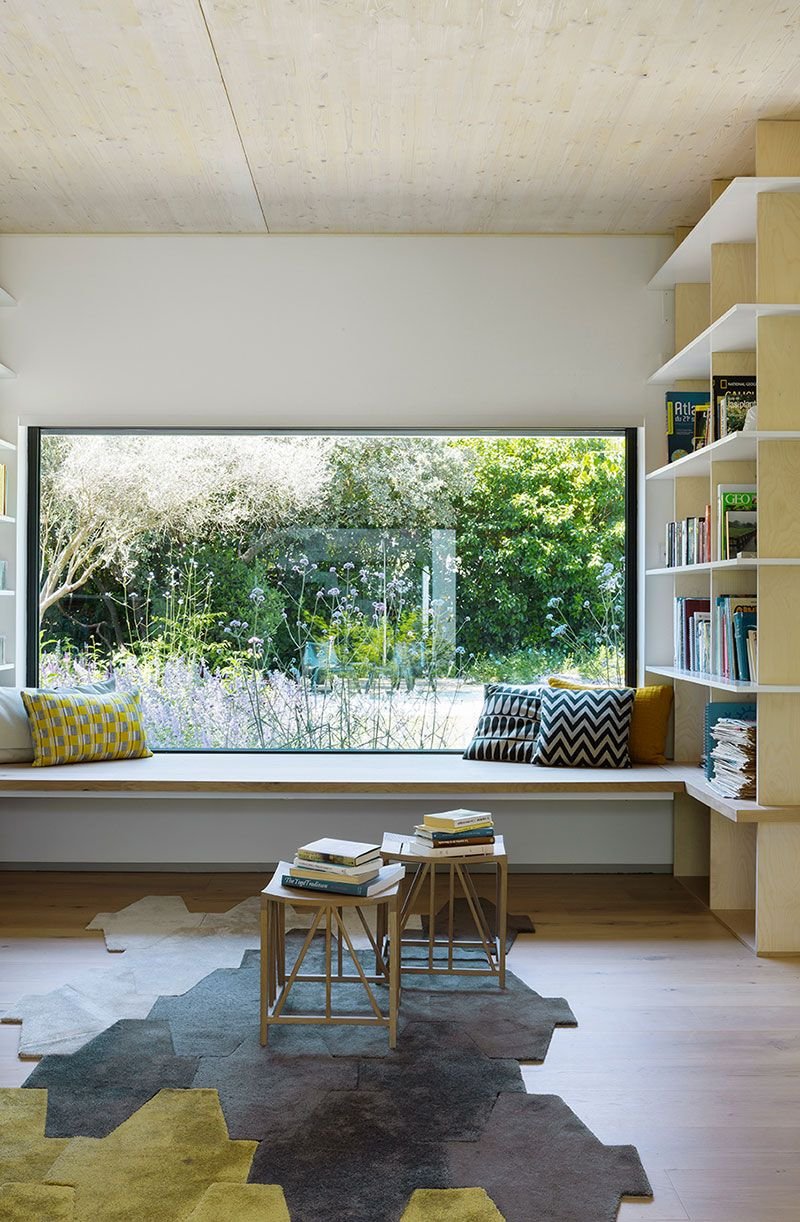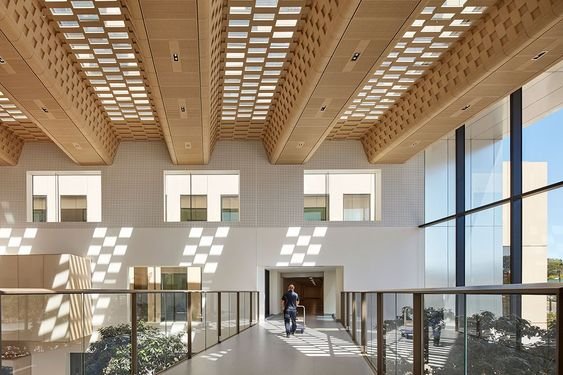Holistic Interior Design: Designing Wellbeing into Your Home
What is Holistic Interior Design?
At its core, holistic interior design is an approach that considers the psychological, physical, and spiritual wellbeing of a space’s occupants. Whether the space is a home, business or institution, a holistic design approach promotes harmony and balance for the people that use it.
To achieve this desired harmony, holistic interior design draws on multidisciplinary teachings. It combines the thinking and philosophies behind biophilic design, colour psychology, human biology, ergonomics, and others to inspire thoughtful design decisions that, when done well, support the overall health and wellbeing of a person’s mind, body and soul.
But do the spaces we live in really contribute to our overall well-being?
The answer is yes!
For decades, we’ve been witnessing the rise of thoughtful, human-centred design. Look at some of the most important buildings in our society today, like hospitals, schools, libraries and, of course, our homes. There is a clear trend towards design that not only responds to our needs as human beings, but actually puts those needs first.
Holistic design takes this approach one step further by recognizing the importance of overall health – not just physical, but mental and spiritual, as well. With the rise of wellness culture and the increase in our collective awareness about how to support our mind, bodies, and souls, it’s no surprise that these trends continue to play an increasingly important role in our built environments, too.
Simply put, we can’t ignore the fact that the spaces we live in affect how we feel. And a holistic approach to design will maximize the positive impact our spaces have on us.
And, at a time when we spend more time indoors than ever before, why not create spaces that support and enhance our lives?
How to incorporate holistic interior design into your home, or business
Now that we’ve explored what holistic interior design is, and why it’s important, let’s dig in to how you can achieve a beautiful, symbiotic relationship with your home.
Below, we share the seven easy steps that we use here at Sansa Interiors to kick off any holistic design approach. These tips will help you incorporate a holistic interior design approach into your space and create the harmony that you’ve been craving:
1. Set Clear Intentions
Foundational to a holistic design approach is intention – clearly defining how a space will be used, and by whom.
You can begin by asking yourself questions like:
What is this space’s primary function?
Who will be using this space?
What do I want this space to feel like?
How do I want to feel in this space?
How does it connect to the spaces or rooms around it?
How does it connect to the outdoors?
By asking yourself these detailed questions, you will uncover the information needed to ground your design in its functionality first. Once you have a strong foundation set, you will have the clarity needed to define every other aspect of your design, like layout, furniture needs, colours, finishes, textures, and lighting.
The goal of asking these discerning questions is to uncover how you envision your best life in that space. This vision will help to ensure you – and your interior designer – have the information needed to thoughtfully organize a space where you can feel at ease and in balance.
2. Optimize Function and Flow
While an important aspect of this step is to create a functional floor plan that suits your needs, with a holistic design approach, optimizing function and flow goes one step further.
Here, we’re also talking about the flow of energy within your home. With good energy flow, you are more likely to feel relaxed and at peace in your space.
To improve the energy of your home, begin by decluttering. Pare back your belongings to those that you deeply love and those that serve a necessary function.
Next, critique the layout of your furniture. Ensure it is positioned in a way that entrances and windows aren’t blocked. Where possible, pull furniture away from the walls to create natural social gatherings.
If you’re interested in exploring this aspect of holistic interior design more deeply, the Feng Shui philosophy of space planning prioritizes the movement of energy throughout a home first, in order to create a harmonious space – a great jumping off point to work from.
3. Air Circulation
Just as the flow of energy is important in your home, so too is air flow.
Holistic interior design requires air to circulate freely through the home, moving old, stagnant air – and energy – out so that it can fill your space with new freshness.
The easiest way to improve air circulation in your home is to ensure you have functional windows in all your spaces, and to open them regularly, when possible. Air purifiers and ceiling fans are also an excellent way of helping air move through your home.
In addition to this, maintain a comfortable temperature in your home. You’ll feel much more relaxed and at ease in a room that isn’t too hot or too cold and where the humidity is just right – easy steps to take as on your journey to support your overall well being through design.
Plants and a strong connection to nature also offer exceptional purifying qualities, which is why they deserve their own segment on this list:
4. Connect Your Space to Nature
Nature is an essential element of holistic interior design. Spending time in nature has been proven to be good for our mental health and incorporating elements likes plants and natural colours into design create a soothing and peaceful atmosphere.
Whether you create a seamless indoor-outdoor living space or invite nature into your home with houseplants or a view of a beautiful tree outside, those elements will have a positive impact on your mind, body and soul.
Indoors, plants aren’t the only option. Large windows that overlook green space and welcome in the sounds of nature, or a water feature that gently bubbles in the background will help to support the calm and serenity of a holistic design.
Similarly, a recent design movement that is growing in popularity and impact is biophilic interior design – an approach that centres the use of natural elements in design and aims to increase our connection to nature. Biophilic design’s emphasis on the natural world offers wonderful philosophies that marry well with a holistic interior design approach.
Design elements from these approaches are excellent at supporting creativity and productivity, concentration, and cognitive abilities – and they’re approaches we’re proud to explore in all our designs here at Sansa Interiors.
5. Colours for wellness
There’s no question that colour has an incredible impact on our mood and behaviour. Colour can be persuasive and active, energetic or moody, calm and serene, and so much more. That’s why it’s such an important part of holistic interior design.
The psychology of colour is clear when it comes to creating a calming and restorative space: soft, earthy tones that are grounded in the colours of nature will be your most effective choices.
Think white for peace, yellow for happiness, blue for calmness and green to tie into the earth’s natural elements and you’ll be well on your way to creating a space that supports your physical, psychological and spiritual self.
6. Choose Meaningful Materials
Holistic design necessitates a thoughtful and respectful approach to materials. Natural, organic, ecological, sustainable materials that support your health and wellbeing in your home, and also the health and wellbeing of our planet, are non-negotiable.
Look into sourcing recycled materials or reclaimed elements where possible. Not only will this give your house a very homey, lived-in feel, it will also help conserve precious resources.
This also means that hazardous materials such as VOCs, lead, and plastic should be avoided as much as possible.
Textures also have a unique role to play in holistic design. Natural wood grains, jute and grass, linen, and natural stone help to evoke that deep connection to the earth, nature and our interconnected selves.
7. Let the light shine in
Last, but certainly not least, light also plays a starring role in any effective holistic design.
More than an essential and functional tool, lighting defines the perception of a room. It changes the mood and experience of a space and is one of the most powerful tools available for creating a desired atmosphere. It can help a space feel expansive and vast or enclosed and intimate or anything in between.
And there’s no debate that natural light is far more favorable than artificial light.
Natural light helps to maintain our body’s natural circadian rhythm, is easier on our eyes and is much more relaxing to experience than harsh artificial light.
If you live in an area where there is an abundance of natural beauty, consider opting for recessed blinds that can be fully drawn back to give you an unobstructed view of the outdoors. Or, if you live in a city where the view outside your window is anything but serene and calming, consider window coverings that will allow you the flexibility to let natural light in without sacrificing privacy and protection from the hustle and bustle outside, like top-down blinds or sheer coverings.
Wherever you are, maximize the natural light you let into your space as much as you can. Your mind, body and soul will thank you!
Final thoughts: Holistic Interior Design
While you may not be able to incorporate all 7 of these key holistic design takeaways, we hope you’ll find some inspiration in the ideas behind them and, at the very least, begin to see your home for its potential to create a positive impact on your overall health and wellness. You deserve it.
Article by Laura Zarnke, Writer and Content Strategist.
Looking for an Interior Designer in Toronto?
Are you looking to turn your home or business into the serene, supportive and harmonious space you’ve been dreaming of? We can help! Our team serves Toronto, Etobicoke, Mississauga, and the rest of the Greater Toronto Area. Contact us via our website to find out more about how interior design can help to improve your overall health and wellbeing.

